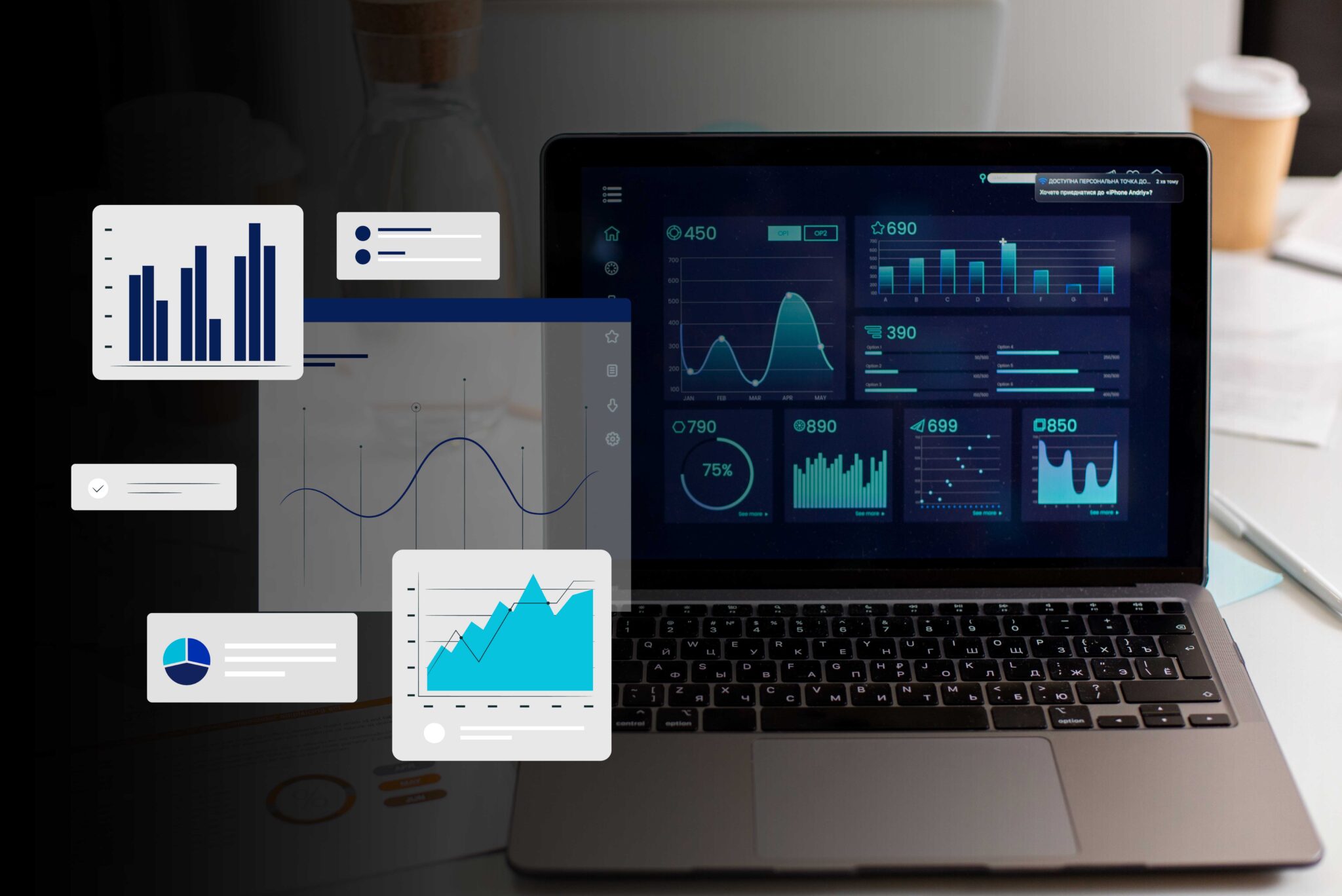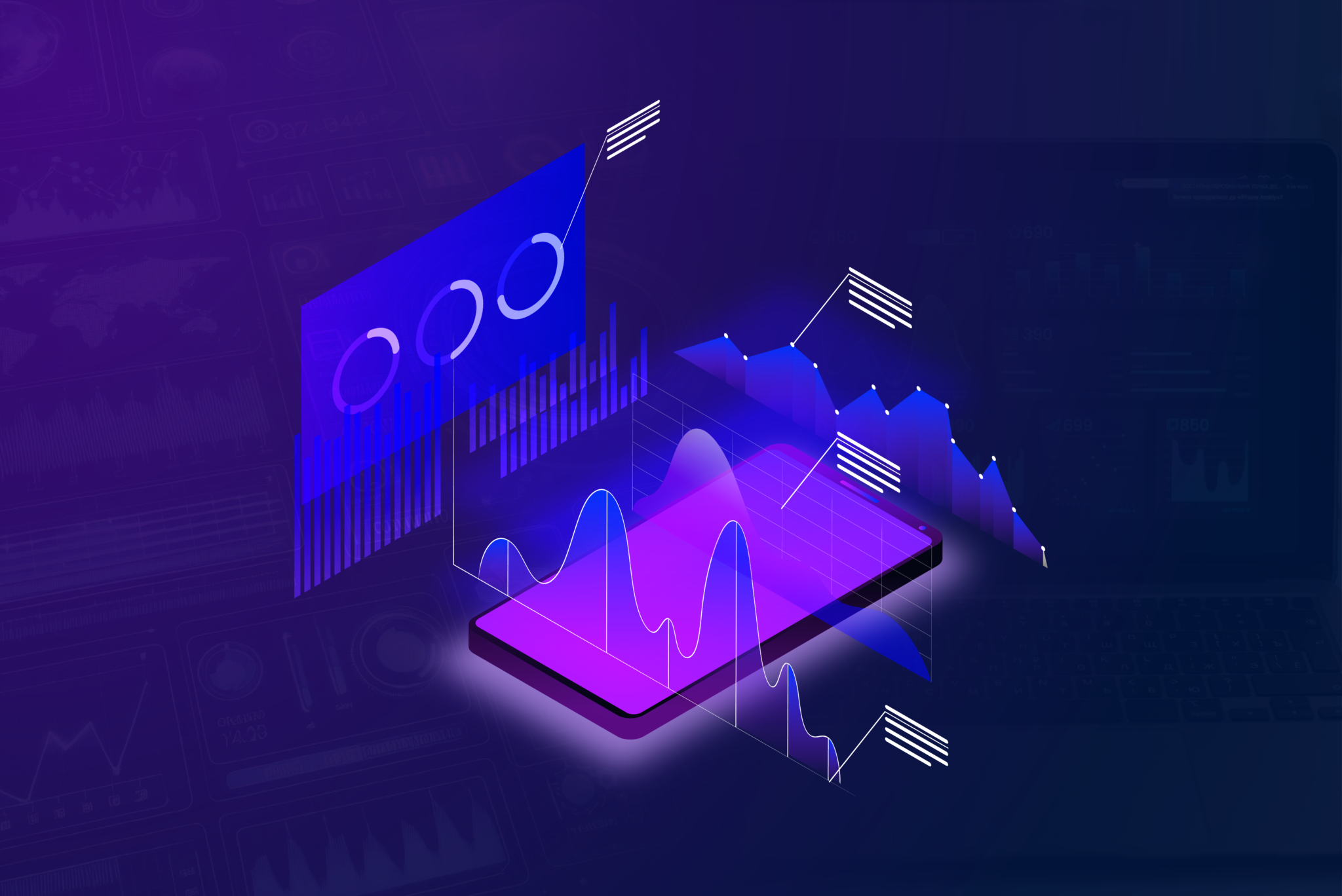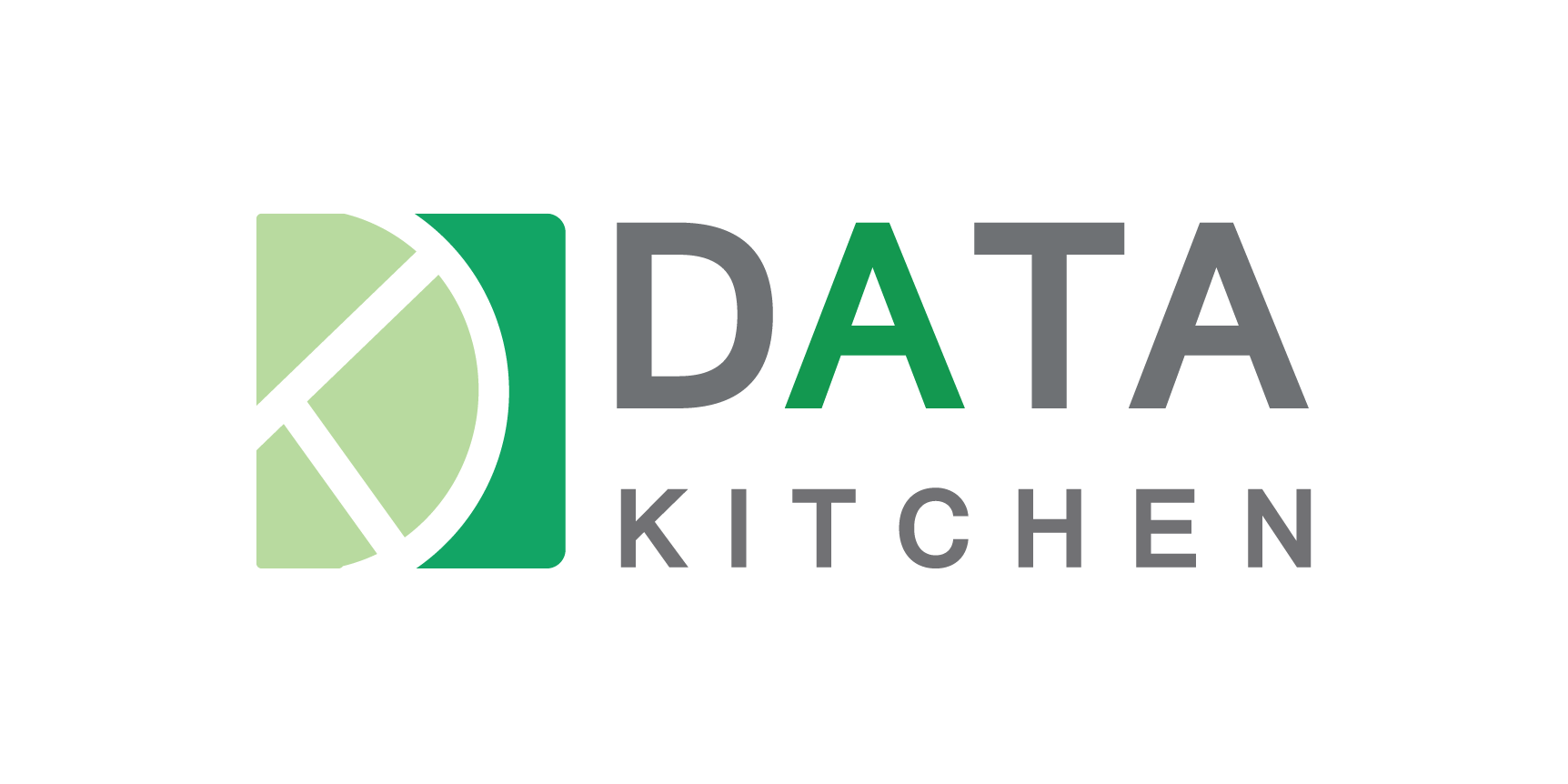Introduction
In today’s competitive and technologically advanced business world, staying one step ahead is now more important than it was earlier. However, the availability of Business Intelligence (BI) transforms raw data into meaningful information that drives strategic decisions. Whether you’re a seasoned business intelligence analyst or new to the concept, this complete guide on Business Intelligence will brief you through the necessity of business intelligence platforms and software, and more that you need to know.
What is Business Intelligence?
Before you begin with a detailed study on BI and its aspects let us first understand what business intelligence is. It is one of the basic requirements of the modern and competitive business world. Business Intelligence includes the tools, systems, and strategies that transform data into actionable information, helping organizations make informed decisions. It effectively clears doubts and helps with analysis of past and future trends, pinpointing opportunities for growth or areas needing improvement.
The Role of a Business Intelligence Platform
A business intelligence platform works as the base for BI processes. It is where data from different sources gets collected, processed, and analyzed, allowing users to create reports, dashboards, and visualizations. Think of it as a high-powered engine that provides data analysis, offering a unified view of your business’s health.
Why Business Intelligence Platforms Are Essential
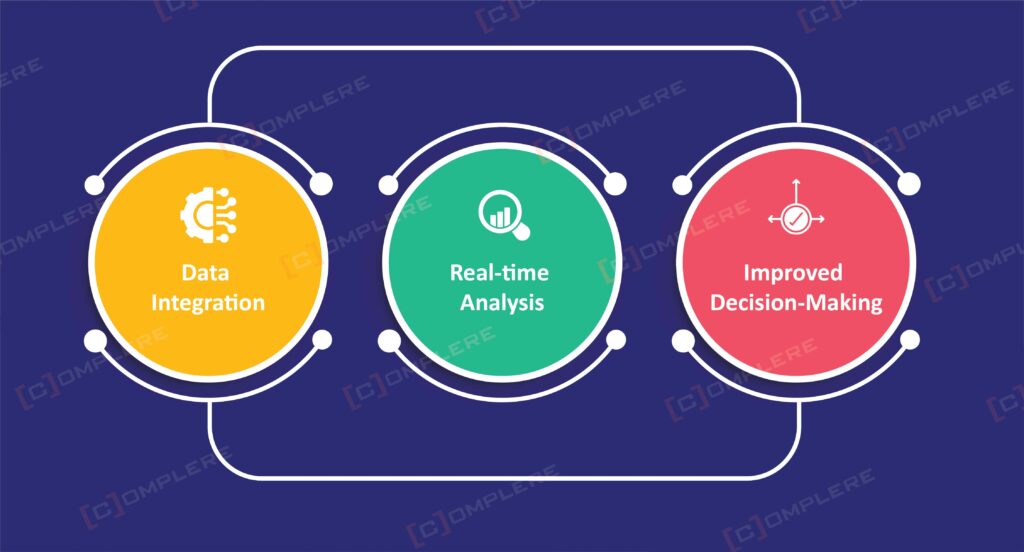
- Data Integration: One of the top advantages of a business intelligence platform is its ability to integrate disparate data sources into a singular, cohesive information landscape. This flawless integration presents a comprehensive view of the organization’s data, allowing analysts to draw information more accurately and efficiently.
- Real-time Analysis: The advanced nature of today’s business environment necessitates real-time data analysis. Business intelligence platforms upgrade in providing real-time information, ensuring that decision-makers have access to the most current information, which is important for maintaining competition.
- Improved Decision-Making: The objective of business intelligence is to improve organizational decision-making. By presenting complex datasets in an accessible and comprehensible format, BI tools strengthen stakeholders across the board to make quicker, more informed decisions.
Key Features of Business Intelligence Software
When exploring business intelligence software, some features stand out for their ability to improve data analysis:
Exploring the landscape of business intelligence software discloses many key features that stand out for their ability to significantly improve data analysis:

- Data Visualization: The ability to translate complex data sets into intuitive graphical representations is a hallmark of effective BI software. Visualization makes it easier for users to identify trends, patterns, and outliers immediately, facilitating a detailed understanding of the underlying data.
- Dashboards and Reporting: Customizable dashboards and reports are important components of business intelligence tools. They allow users to track key performance indicators (KPIs) and other critical metrics, offering a real-time snapshot of the business’s performance and operational health.
- Predictive Analytics: Advanced Business Intelligence solutions incorporate predictive analytics, allowing businesses to forecast future trends based on historical data. This capability can be great, allowing companies to anticipate market changes, customer behavior, and potential risks.
- User-friendly Interface: The effectiveness of BI software is not completely dependent on its analytical capabilities but also on its usability. The best BI tools strike a balance between sophisticated features and a user-friendly interface, ensuring that individuals at all technical skill levels can utilize the software to their full caliber.
Choosing the Right Business Intelligence Tools
Choosing the right Business Intelligence (BI) tools is required for utilizing the large amounts of data that modern businesses generate. With an array of options available, it is important to identify through the choices to find the perfect fit for your organization. This guide aims to simplify the process, providing a comprehensive approach to selecting BI tools that align with your business needs and objectives. Let us know in detail how to make an informed decision when selecting BI tools.
1. Assessing Your Needs
The first step in choosing the right BI tool is to thoroughly assess your organization’s specific requirements. This includes considering many key factors:
- Organization Size: The size of your business plays a significant role in determining the type of BI tool you need. Larger organizations with more complex data requirements may need more advanced, feature-rich business intelligence solutions, while smaller businesses might benefit from more simplified, user-friendly options.
- Data Complexity: Evaluate the complexity of your data. Are you dealing with vast datasets from multiple sources, or is your data relatively straightforward? Understanding the complexity will help you choose a BI tool capable of handling your data effectively.
- Desired Insights: Clearly define the information you are targeting to get from BI. Are you looking for predictive analytics, real-time data monitoring, or trend analysis? Identifying your goals will help narrow down your options to tools that specialize in providing that specific information.
2. Assessing Your Needs
Finding the right balance between ease of use and functionality is important. A BI tool may have all the advanced features you need, but if it’s too complicated, it could become more harmful.
- User-Friendly Interface: Look for BI tools with intuitive interfaces that make data analysis accessible to users of all technical skill levels. A good BI tool should simplify complex data analysis, not complicate it.
- Advanced Features: While ease of use is important, the tool must also have the necessary advanced features to meet your data analysis needs. Make sure that the BI tool you choose can perform the level of analysis you require without requiring extensive IT support or user training.
3. Integration Capabilities
The ability to integrate with existing systems and data sources is a critical aspect of choosing the right BI tool. Flawless integration ensures that your BI tool works properly with your current infrastructure, increasing its value and effectiveness.
- Compatibility: The BI tool should be compatible with your existing systems, whether they are CRM platforms, ERP systems, or other data sources. This compatibility ensures that you can pull data from these systems without issues.
- Data Consolidation: Effective BI tools should be able to consolidate data from different sources into a cohesive, unified view. This capability is important for accurate, comprehensive data analysis.
4. Evaluating Cost
Cost is always a consideration when selecting BI tools, but it’s important to identify the cost against the value the tool brings to your organization.
- Initial vs. Ongoing Costs: Consider both the initial investment and any ongoing costs, such as subscriptions, maintenance, or additional features. A BI tool might look affordable upfront but could become costly in the long run if it requires frequent upgrades or additional modules.
- Free or Low-Cost Options: While free or low-cost BI tools can be attractive, especially for small businesses or startups, it is necessary to make sure that they meet your long-term needs. These options may offer limited features or scalability, which could hinder your data analysis capabilities as your organization grows.
- Return on Investment (ROI): Evaluate the potential ROI of the BI tool. A more expensive option might offer advanced analytics and automation features that could save time and resources, ultimately providing a higher ROI than a cheaper, less capable tool.
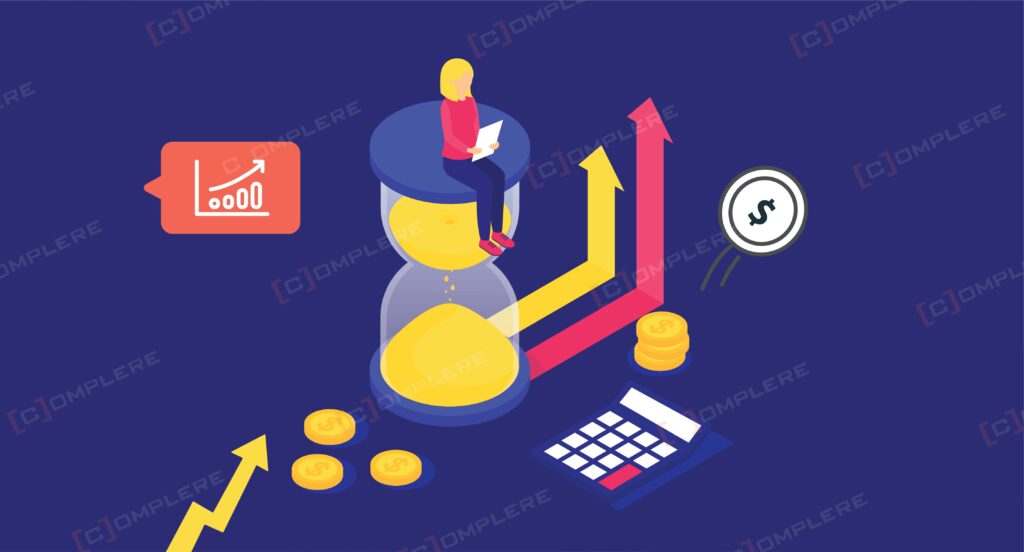
The Future of Business Intelligence
Implementing trends include the integration of artificial intelligence (AI) and machine learning (ML), offering even more sophisticated analytics capabilities. Additionally, the democratization of BI means these tools are becoming more accessible, enabling a broader range of users to utilize data-driven information.
The journey toward effective data analysis begins with choosing the right BI tools. It doesn’t mean opting for the most expensive or feature-rich options but selecting software that aligns with your business objectives, integrates flawlessly with your existing systems, and is accessible to users across your organization.
The future of business intelligence is bright, promising even bigger information, more intuitive platforms, and the continued empowerment of decision-makers at all levels. Implementing BI is not just about staying competitive; it is about setting the stage for innovation and growth.
Conclusion
For modern business, knowledge truly is power. Business intelligence platforms and software help organizations with the knowledge needed to identify the complexities of the market, anticipate changes, and find opportunities. By using the power of BI, businesses can make informed decisions that help them toward their goals.
Have a Question?







